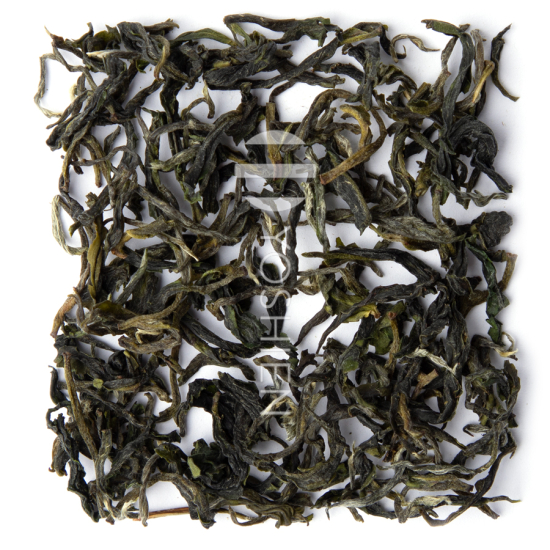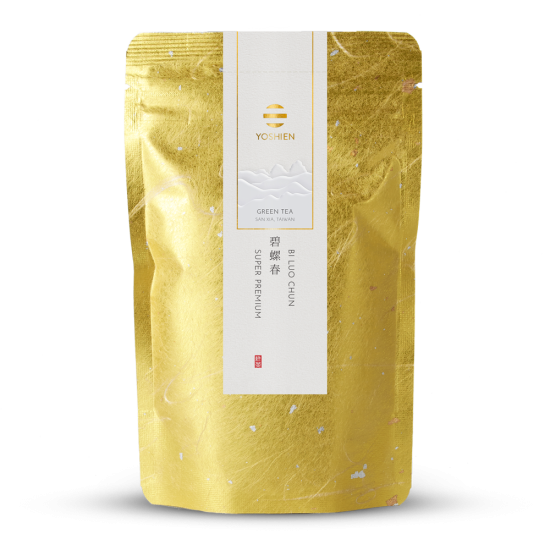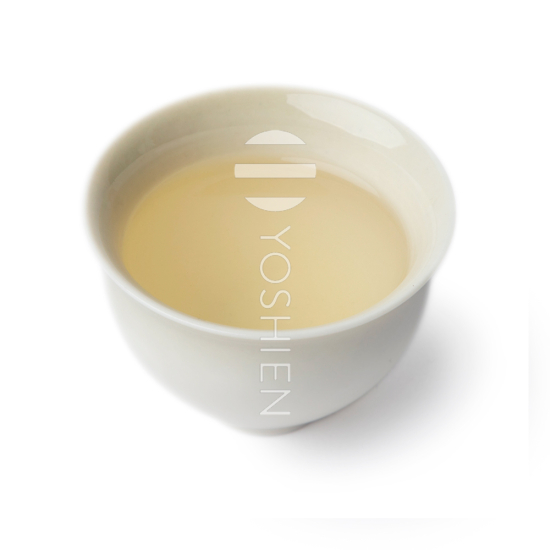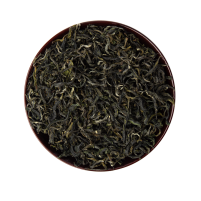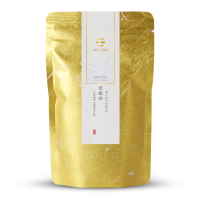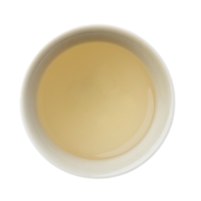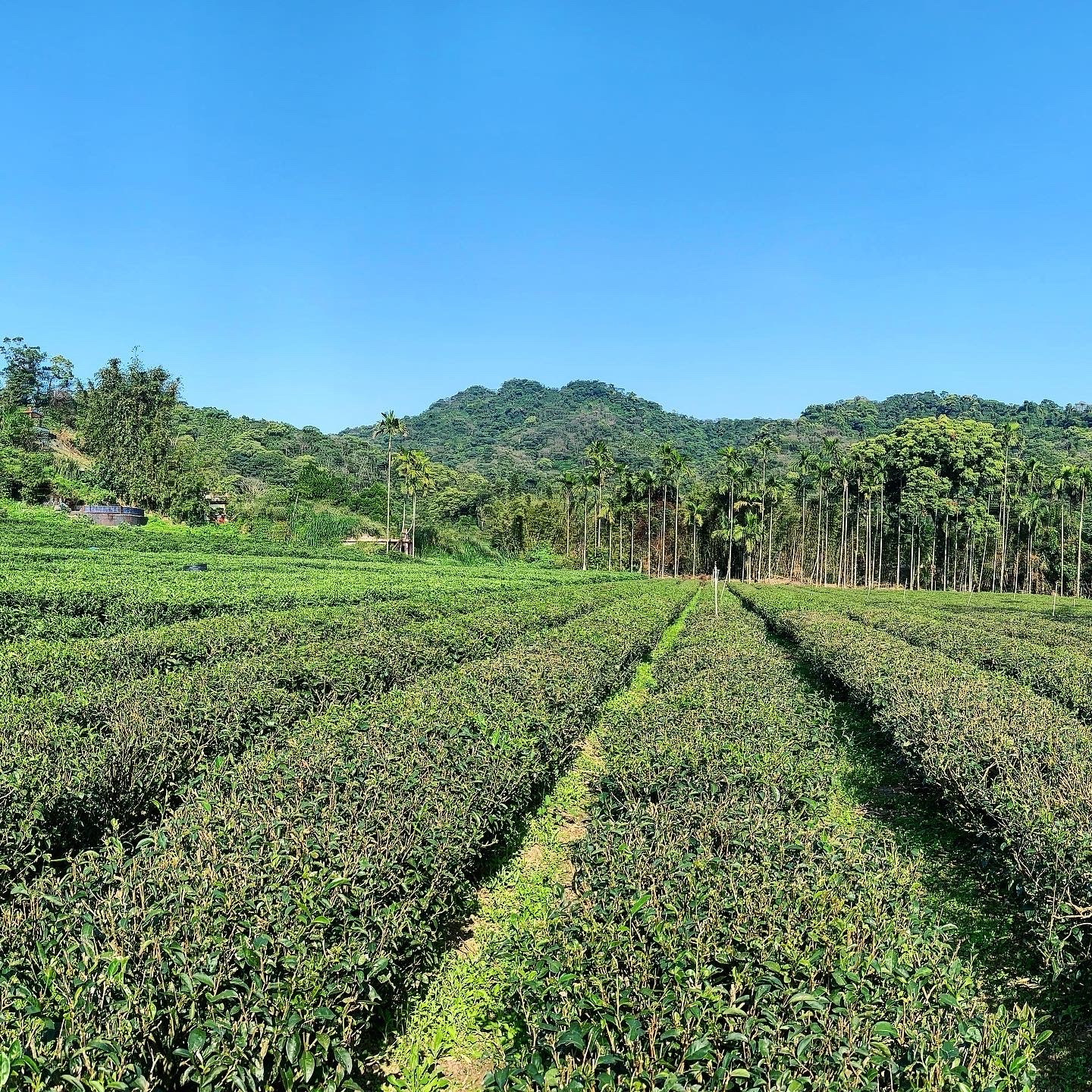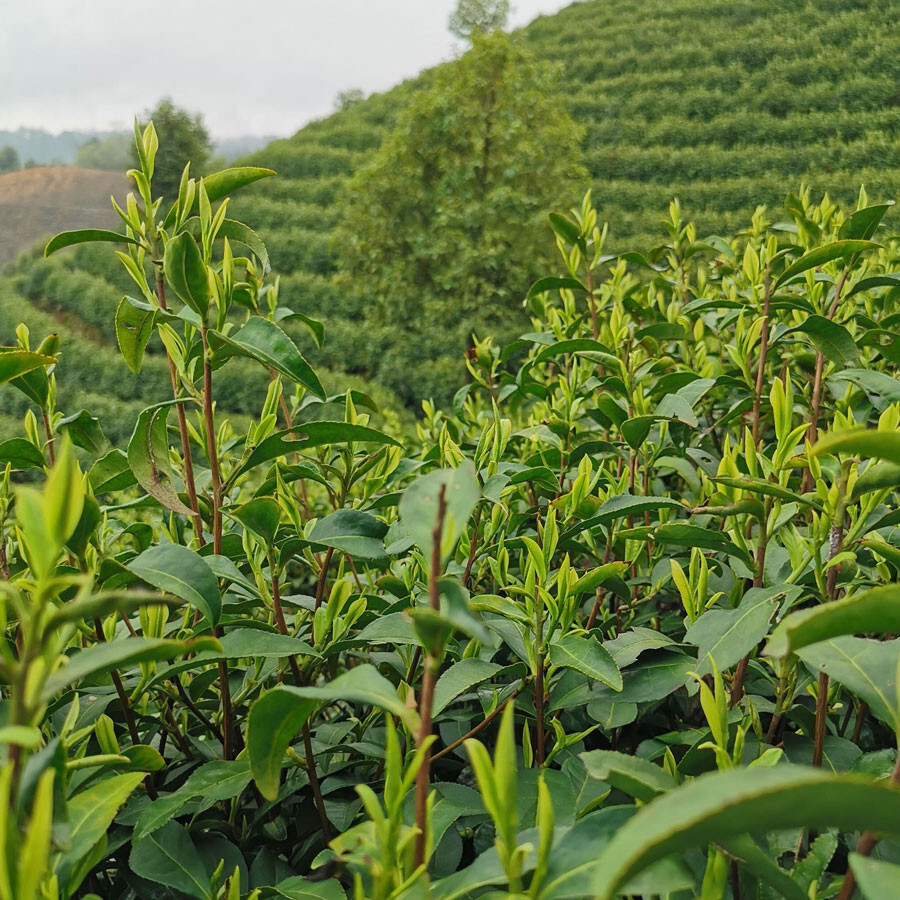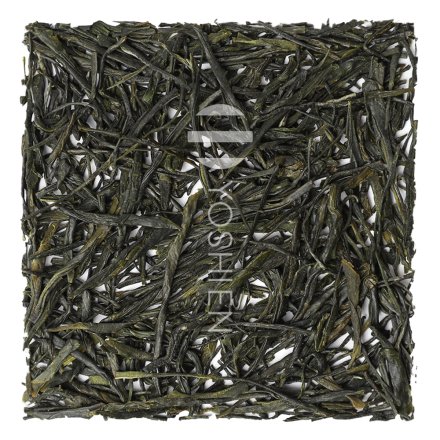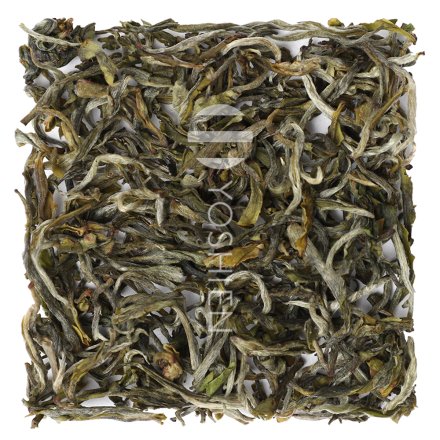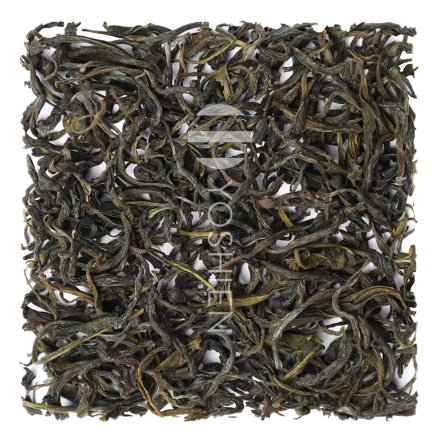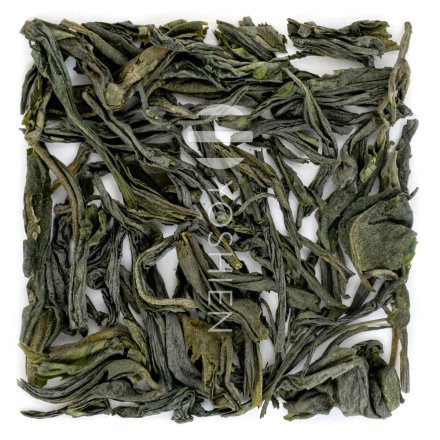Special features in location, cultivation and processing
Bi Luo Chun is one of the most popular and esteemed Chinese green teas, renowned not only for its signature curled shape but also for its delicate taste and floral aroma. With a history spanning centuries, this tea holds a deep-rooted place in Chinese tea culture. First produced during the Ming Dynasty in the 16th century in Jiangsu Province, China, Bi Luo Chun later found its way to neighboring Taiwan through Chinese immigrants, where our Bi Luo Chun originates. Taiwanese Bi Luo Chun is on par with its mainland counterpart in terms of quality. Notably, our Bi Luo Chun is cultivated without the use of chemical pesticides, which is a rarity for this type of tea.
Producing Bi Luo Chun is a complex process that requires skilled handcrafting. After being carefully hand-picked, the tea leaves are sun-dried to remove excess moisture. They are then heated in large pans or woks and gently rolled, a crucial step that releases cell sap and allows the tea’s distinctive aroma to fully develop. A specialised rolling technique gives the leaves their characteristic curled shape. The finished Bi Luo Chun leaves are small, tightly twisted and rich green, with a fine downy texture and a fresh floral scent.





